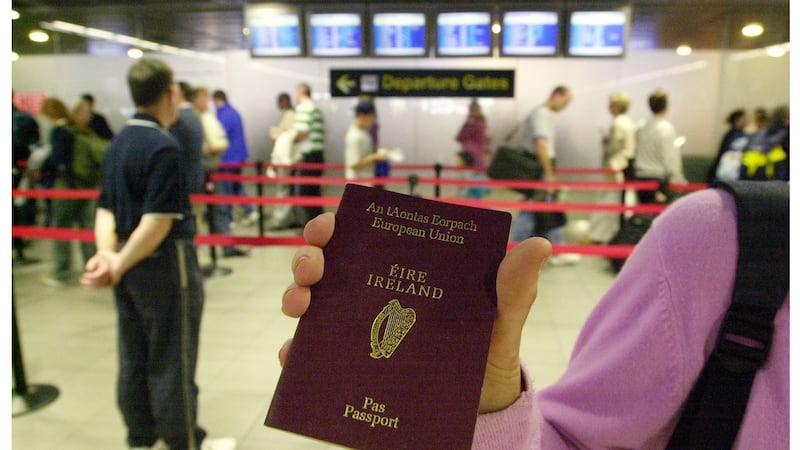Ethnicity:The number of non-Irish nationals living in Ireland has almost doubled to 420,000, or 10 per cent of the population, over the past four years.
UK citizens accounted for most non-Irish nationals resident here (112,548), followed by citizens from Poland (63,276), Lithuania (24,638), Nigeria (16,300) and Latvia (13,319).
The scale of immigration from the 10 new EU member states in central and eastern Europe is evident, with combined numbers from the countries accounting for well over 100,000 people.
The census figures are the first accurate snapshot of the numbers of foreign nationals resident here, given that Personal Public Service (PPS) numbers issued to immigrants do not show whether the recipient has since returned to their own country.
The majority of non-Irish nationals were from the European Union (275,776), followed by Asia (46,952), Africa (25,326), the rest of Europe (24,425) and North and South America (21,124). The census also provided a question on the ethnic and cultural backgrounds of respondents for the first time.
White people accounted for nearly 95 per cent of the population, while Asians accounted for 1.3 per cent, and Blacks made up 1 per cent.
The number who described themselves as Travellers was 22,369, down from 23,509 in 2002. This reduction was recorded despite population projections which indicated that the overall Traveller population would increase to more than 25,000.
CSO officials speculated that the drop may have been linked to a change in the formulation of the question between the 2002 and 2006 censuses.
A detailed breakdown of the figures show that the local authority areas with the highest proportion of Travellers were Galway City (16.4 per 1,000), followed by Longford (15.8 per 1,000). Dún Laoghaire (1.9 per 1,000) and Cork County (2 per 1,000) had the lowest proportions. Most Travellers (69 per cent) lived in permanent accommodation, while almost 25 per cent lived in caravans or mobile homes.















